It’s 2018. Bone Conduction Earphones still suck. - Yanko Design
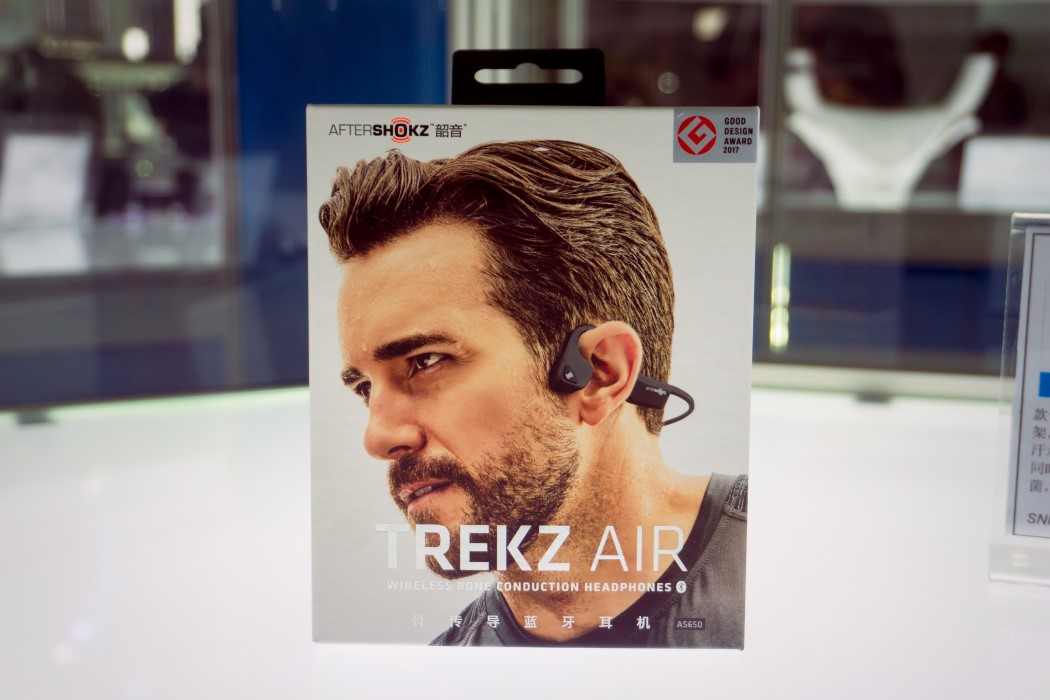
"No Bass, No Skilful" said a skeptic equally he walked away from the stall that was displaying earphones sporting bone-conduction engineering science at CES Asia 2018. Bone conduction earphones work without sitting inside your ear. Instead, they residual in front end of your ear, on your temporal bone, correct under your temples. The earphones don't "play" the music, simply rather, relay vibrations to the bone, sending them direct to your brain, rather than through your ear canal. Why would someone go through that headache, you say? Os conduction technology is supposedly the next best thing for audio. It feeds sounds to the wearer without blocking their ears, which mean two things. A. You can hear everything effectually you just fine, so a os-conduction earpiece would piece of work wonders for say a jogger, who wants to mind to the music, only without blocking their ears, so they can hear if a cycle is approaching them from behind, or if there's a car speeding towards them while they cantankerous the road. Benefit B. is that since they don't exercise your eardrums, os-conduction tech is actually better for your ears, and can even exist worn by people with eardrum-based hearing disabilities. That'south the rosy promise of bone-conducting tech, simply its track record has been rather poor.
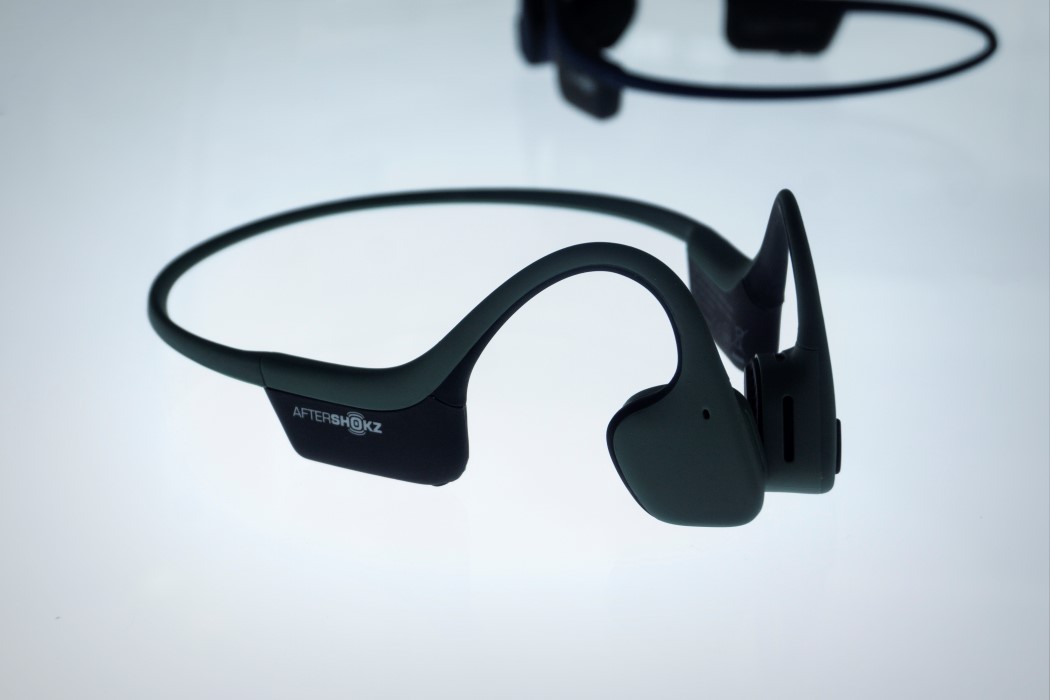
There were three companies at CES Asia this year displaying os-conduction technology. The near popular being Aftershokz, a company that has gone from strength to strength, selling audio wearables, and even managed to land the CES Innovation Award for their latest offering, the Trekz Air. The other two were relatively smaller players. 1, competing with Aftershokz, and another that managed to weave their os-conducting earpieces into sunglasses, and then you've got a nice pair of shades that play music to you while you cut out the sunday'south glare and expect absurd while doing it.
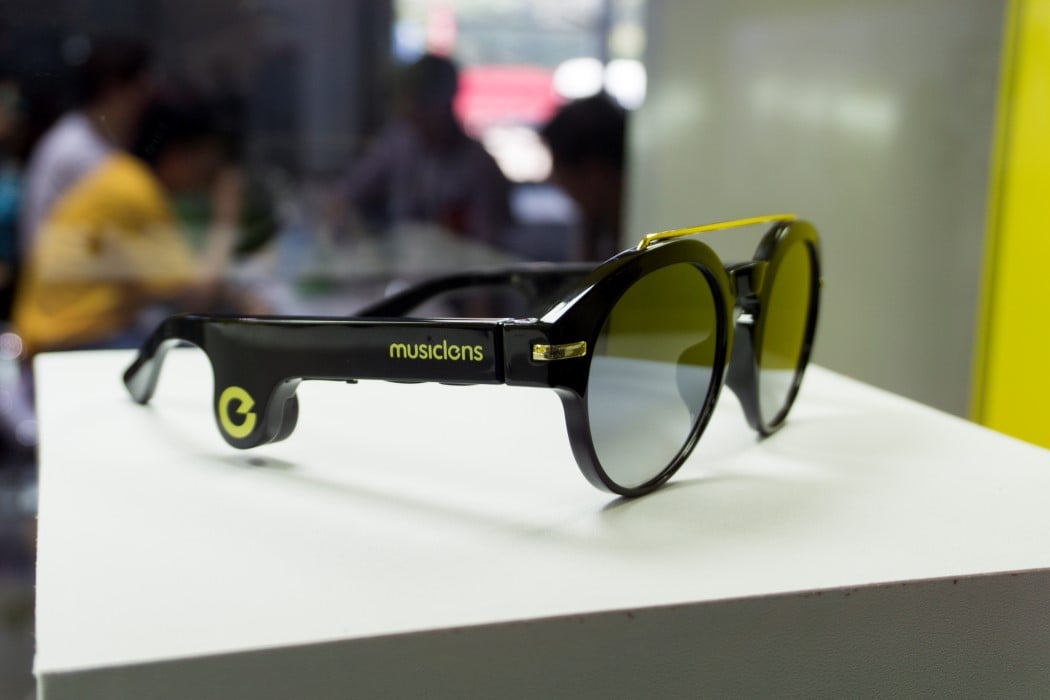
I casually walked to the Aftershokz popular-up stall, seeing massive posters of a man wearing the Trekz Air, looking positively dapper and able-bodied at the same time. Below him was a display surface area with earphones for the public to effort… And so I slipped one on. I immediately connected the Trekz Air to my phone, playing music I was familiar with, so I had a proper point of reference. I couldn't hear anything. All I could feel was the earphones buzzing against my temples. "Sir, the environs here is too loud, if you desire to hear the music, you need to cover your ears to cake out external sound", said a helper. This, I believe is the biggest flaw of bone-conducting earphones. The promise is that bone-conduction tech is supposed to evangelize audio directly to the audio canal without relying on the eardrum, and withal, it failed to do and so because my eardrum was picking up external noise, which sort of defeats the purpose of the bone-conducting earphones. You're supposed to hear the music ALONG WITH the noise, not have the music drowned out past it. I indulged the helper by plugging my ears with my fingers to heed to the music, and the quality was just about OK. The earphones sit rather loosely on your temples, and so when they vibrate, y'all finish upward losing a major part of the depression-end of the music, or the bass. That's a heavy blow too, considering humans Require bass. It'south the first sort of sounds we hear in the womb, equally the mother'southward center beats, creating a bass-like thud that the baby picks upwardly on and recognizes in the future. Listening to audio without bass is similar drinking vino only not feeling the fizz. It was plenty for me, and several others to put the earphones down, stating that the technology was proficient on paper, but didn't match up in reality.
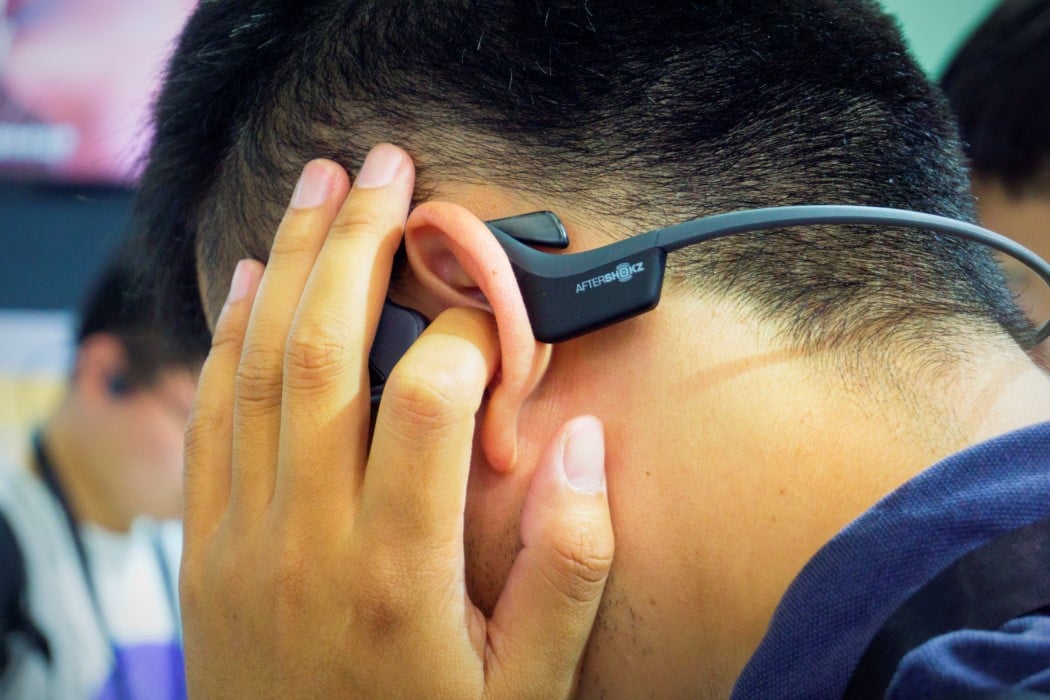
The trouble with bone-conducting earphones is the manner they're congenital, to exist honest. They're made in a one-size-fits-all sort of format, every bit they sit on your ears, pressing rather loosely on your temples. These vibrating units tend to leak sound too, which hateful that someone sitting correct abreast y'all on the subway can probably hear everything y'all're listening to. These earphones need to be designed radically differently, in a way that allows them to press confronting your bone much more effectively than the current method. They as well need to be able to stand up to external sounds, considering no one wants to have to block their ears to hear the music. If the promise is that music and ambient noise (no matter how loud) can coexist, and then information technology definitely must live upward to that ideal. I decided to buy a pair of Aftershokz bone-conducting earphones myself back in 2022 and promptly sent them back the next twenty-four hours because they didn't deliver on their promise. It's a little disheartening to run across that 3 years later, people are still walking away from the earphones saying "No Bass, No Good"… merely that is probably the most accurate feedback ever.
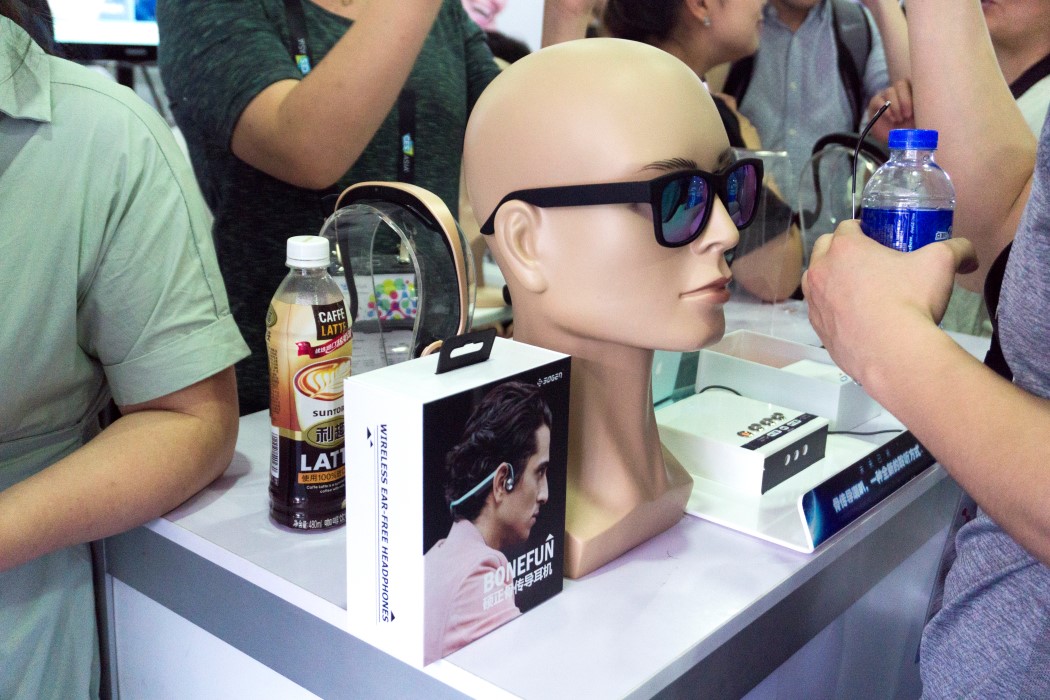
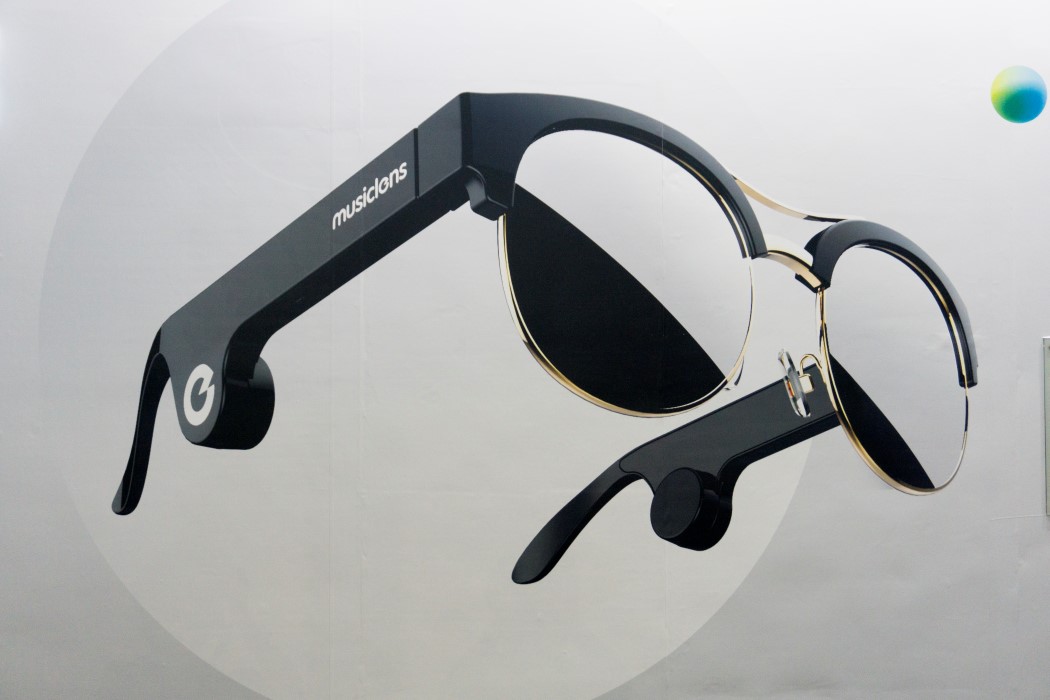
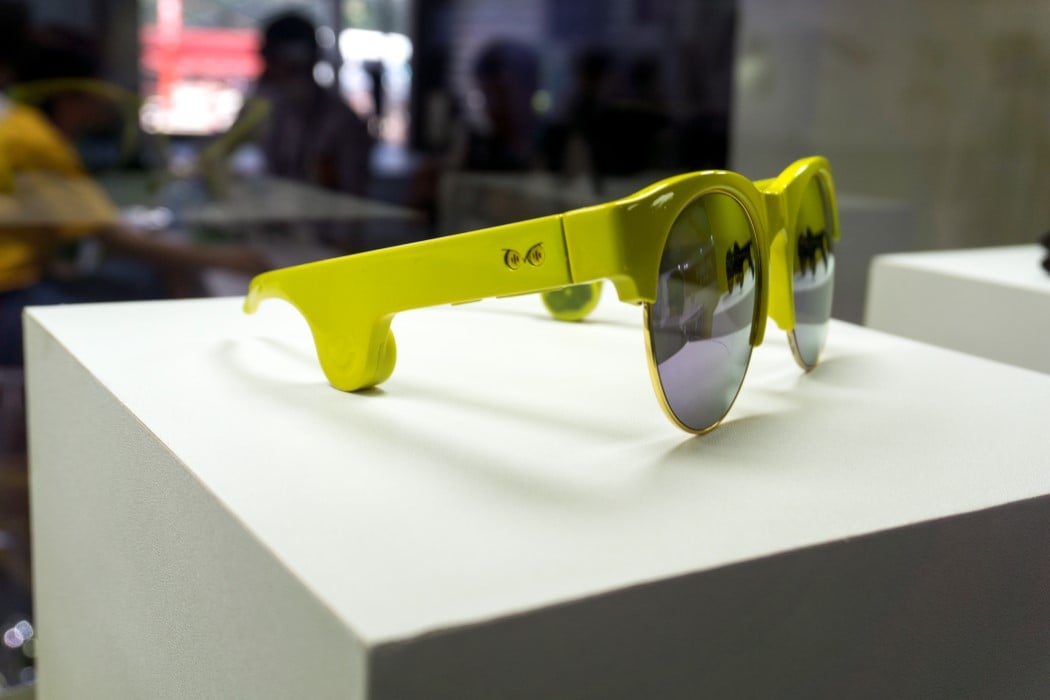
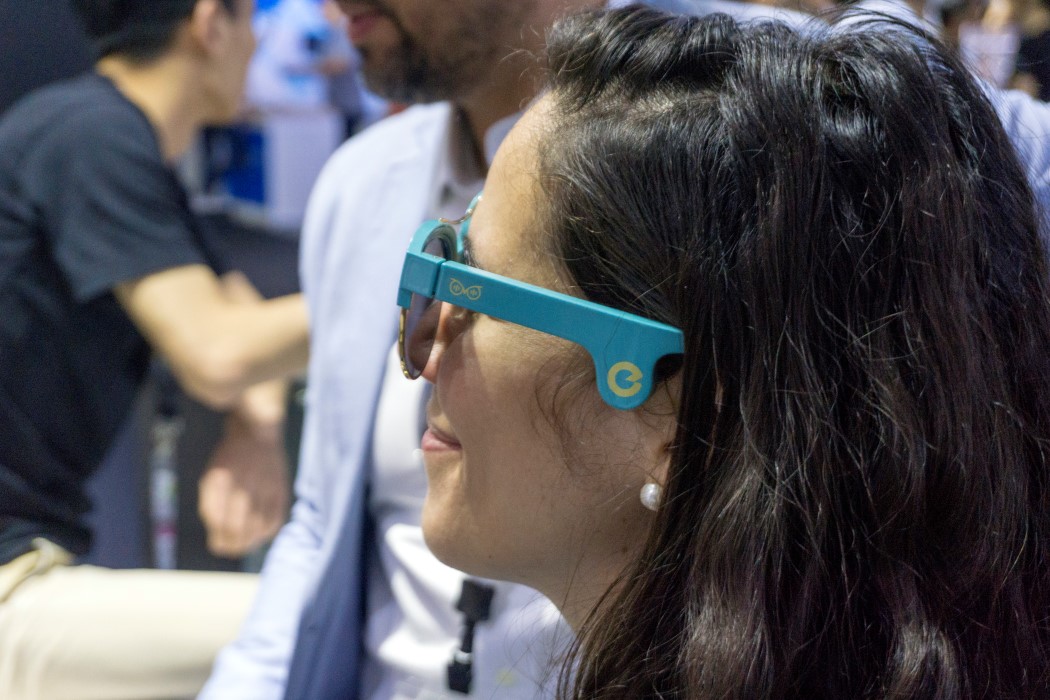
whiteheadpailikey.blogspot.com
Source: https://www.yankodesign.com/2018/06/18/its-2018-bone-conduction-earphones-still-suck/
0 Response to "It’s 2018. Bone Conduction Earphones still suck. - Yanko Design"
Post a Comment